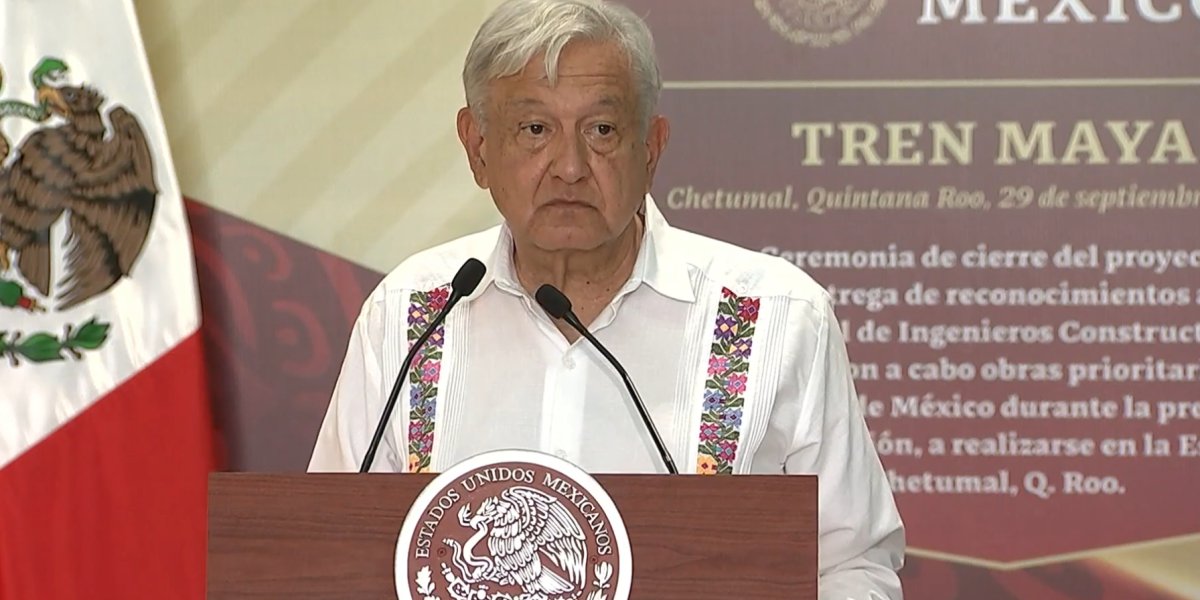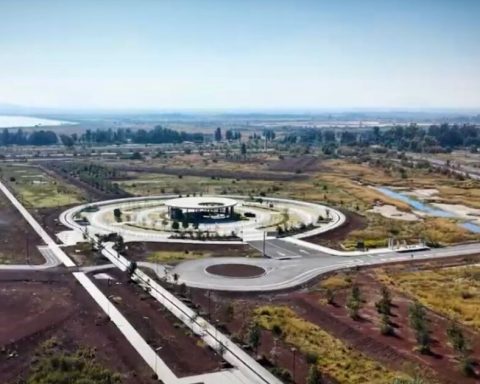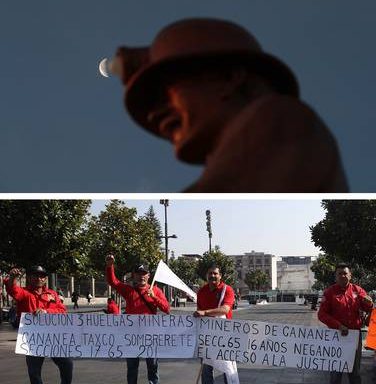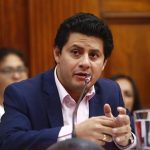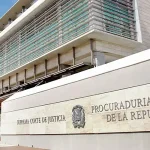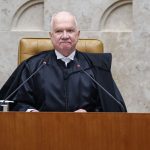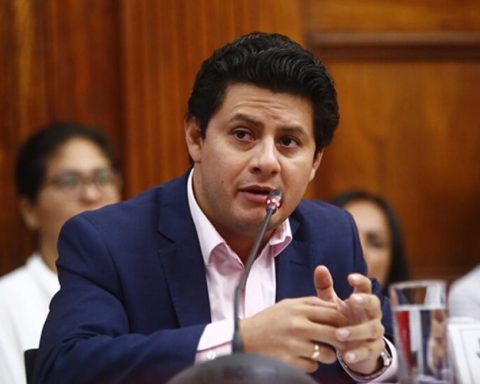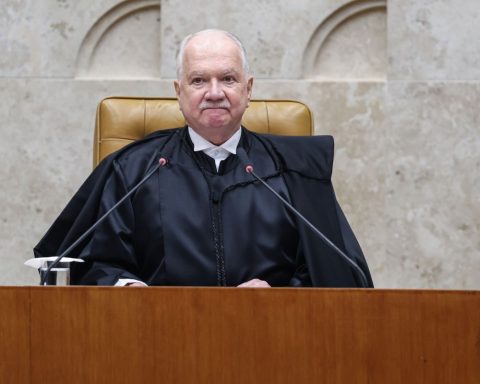During the 22 quarters from the first of 2019 to the second of 2024, the gross formation of fixed capital carried out with public resources averaged an amount equivalent to 2.7% of the Gross Domestic Product (GDP), bringing the public investment record of the President Andrés Manuel López Obrador’s six-year term is, by this metric, the lowest since the government of former President Ernesto Zedillo, when the ratio was 2.4 percent.
The above is according to calculations based on the most recent Quarterly Global Supply and Demand (ODGT) report from the National Institute of Geography and Statistics (Inegi), published on September 18.
The calculation made from the figures reported by Inegi shows that during the entire six-year period the gross formation of global fixed capital (public and private) was equal to 22.3 percentage points of GDP.
In contrast to what happened with public spending, private investment reached a level of 19.6 points, the highest in the last five six-year periods.
In Mexico, the government and private initiative agree that for Mexico to achieve average growth rates greater than 3% annually, investment must be sustained at a level of at least 25% of GDP, where the government must contribute at least 5 points.
In June 2019, the federal government and the Business Coordinating Council (CCE) signed the Agreement to Promote Investment and Inclusive Development, which set the joint goal of raising physical investment to a sustained level of 25% of GDP.
“We have proposed to make the total investment go up to 25% of the GDP, this means that we are going to work, not from one day to the next, obviously, but that in the next two years we are going to make an investment of 35,000 million dollars “said Carlos Salazar, then president of the CCE, at that time.
Government falls short
Within hours of the six-year term ending, it is evident that while the private initiative was close to meeting its expectations, the government fell short and below the levels of the three previous six-year terms, since public investment as a proportion of GDP during the Enrique Peña Nieto’s government was equal to 3.5%, during Felipe Calderón’s government it was 5% and during Vicente Fox’s mandate, it was 3.8 percent.
The decrease in the current six-year term occurred despite the fact that the López Obrador government promoted large-scale works such as the Mayan Train, the Olmeca Refinery, the Interoceanic Corridor of the Isthmus of Tehuantepec, the Felipe Ángeles International Airport, the Tulum airport and the conclusion of the Mexico-Toluca Interurban Train.
However, beyond these large projects in the center-southern of the country, there was little push for public works in regions such as the west and the north, says Carlos Ramírez, economist and consultant at the firm Integralia.
“The government always maintained that it was doing a lot of public works, what it actually did was concentrate a good part of public spending on large works in these regions where the hand of public investment is clearly noticeable, but not in the rest of the country,” said.
“There was a debt of almost 7 billion pesos and the work levels remain almost where the six-year period began… Everything went to social spending and rescuing Pemex,” he lamented.
Falls
According to budget spending figures from the Ministry of Finance and Public Credit, the physical investment of the federal government totaled 4.91 trillion pesos from the beginning of the six-year term until August 2024, a figure that is 19.9% lower in real terms compared to the comparable amount. of the six-year term of former President Enrique Peña Nieto.
In this comparison, the falls of 23.5% in the energy sector, 46.6% in communications and transportation, 87.7% in education and 25.9% in water stand out, while only the health and other construction sectors have made progress, with growth. of 31.4% and 17 percent.
“Less was invested in roads, in oil exploration and production, and in hydraulic works,” said Carlos Ramírez.
